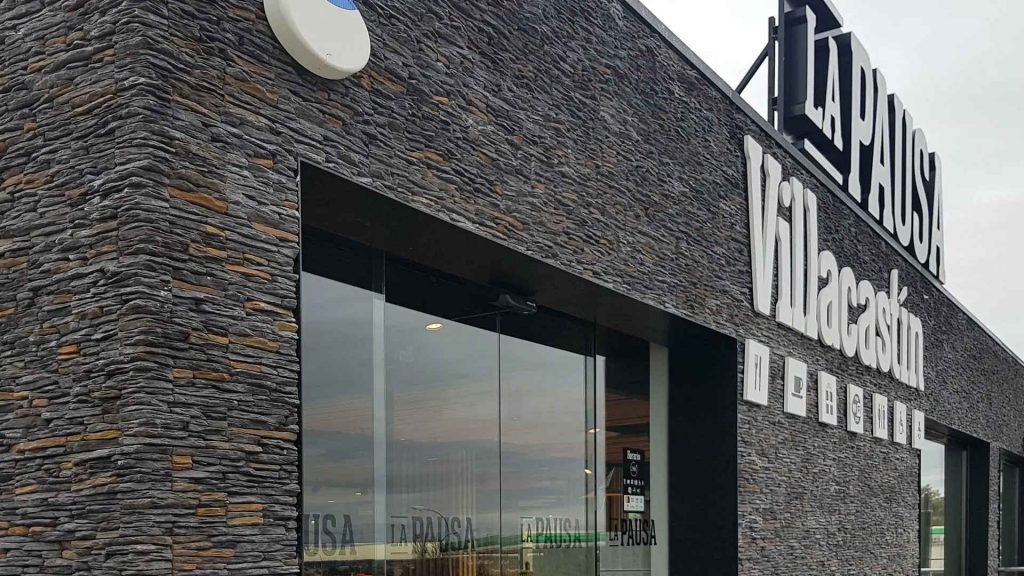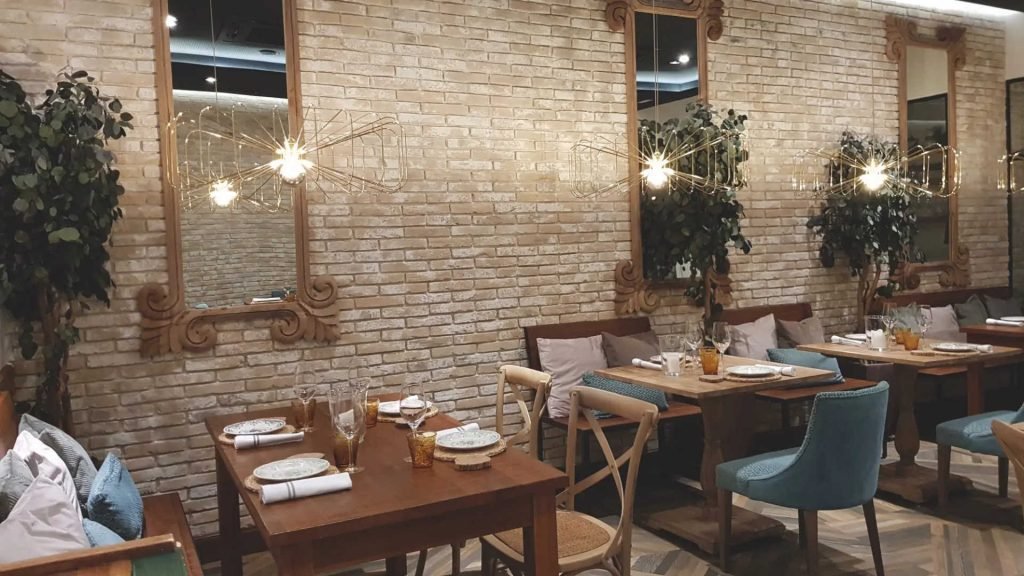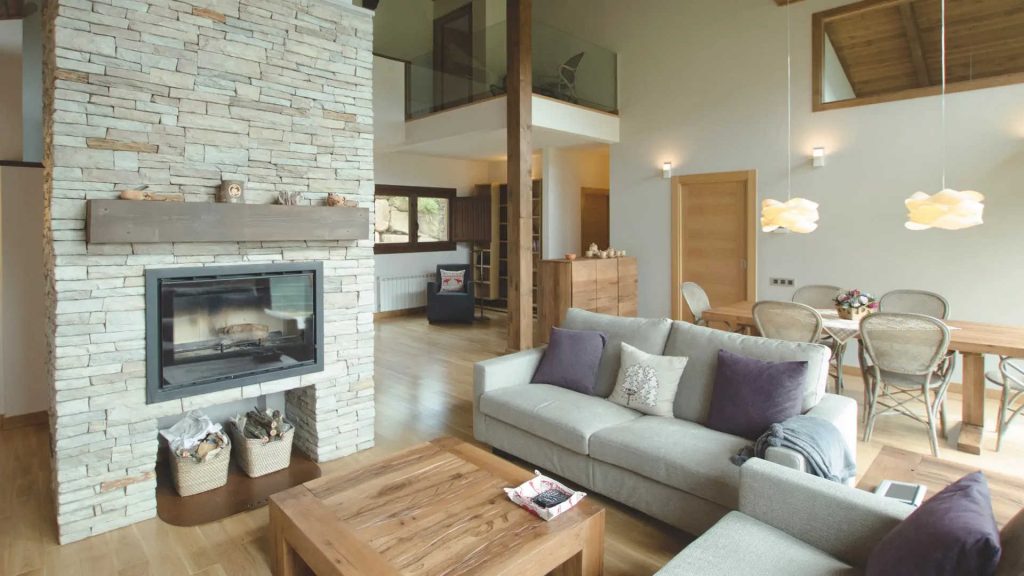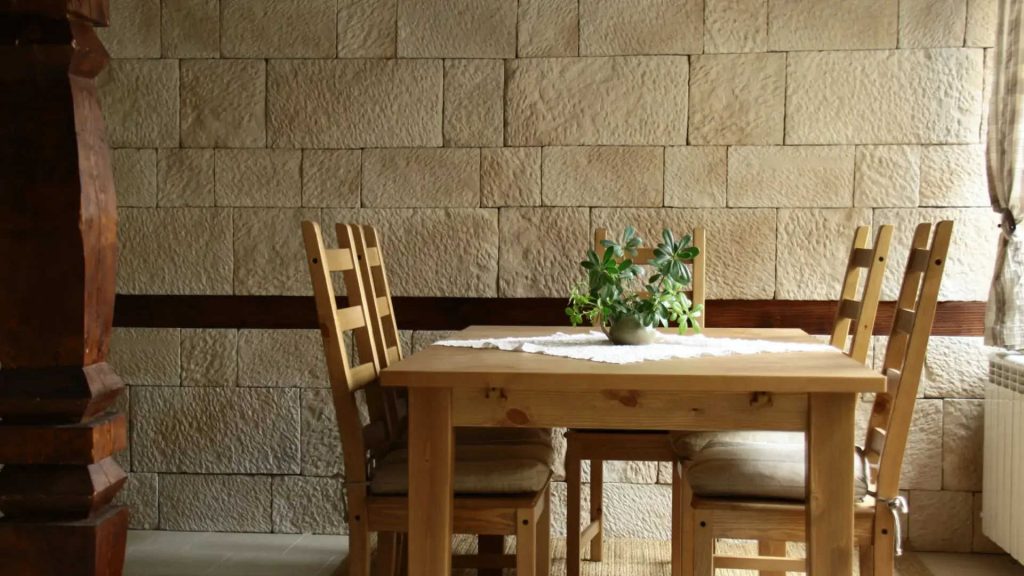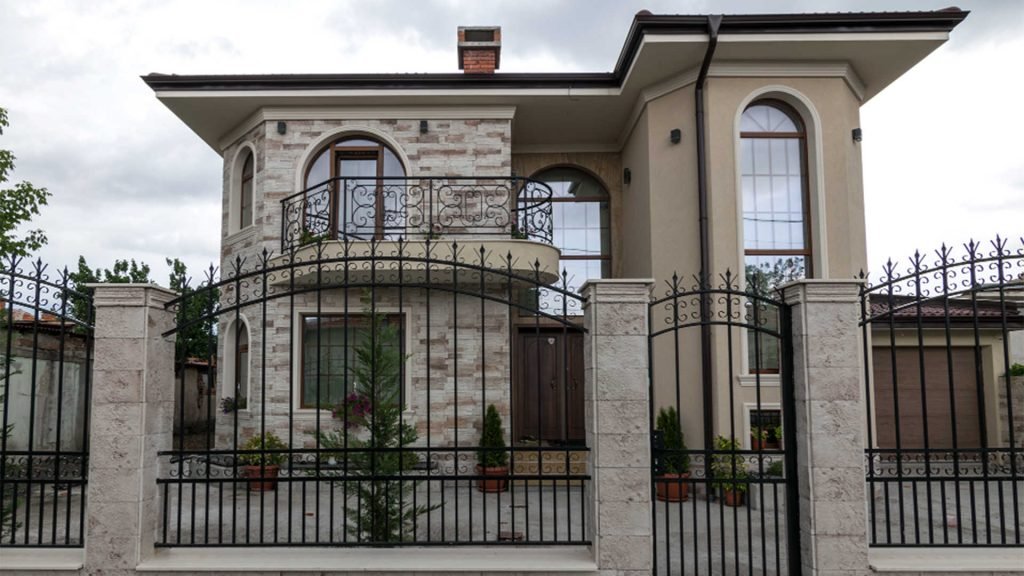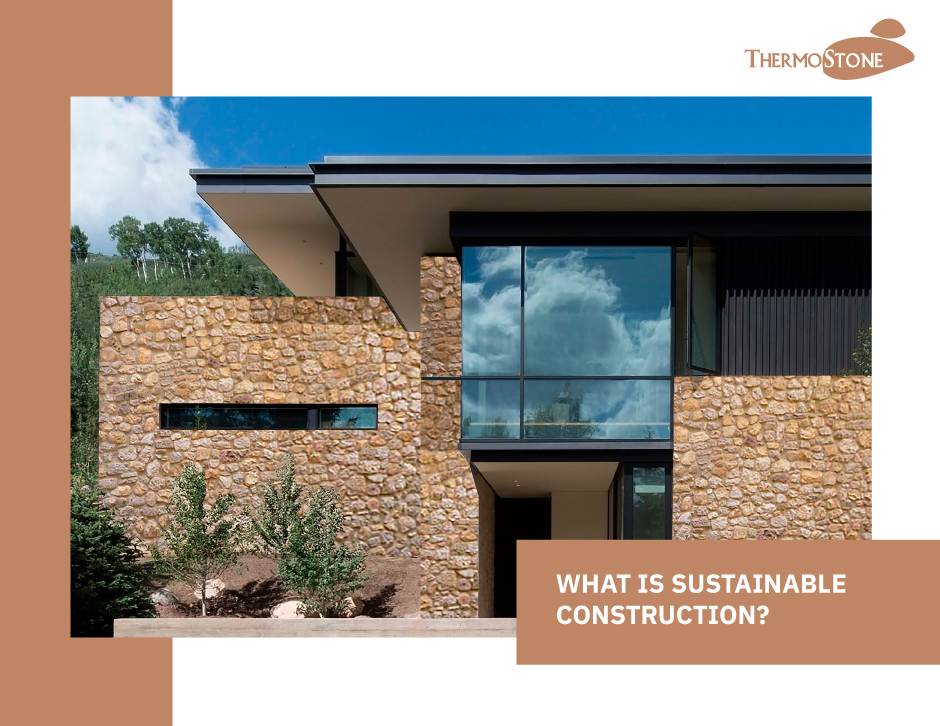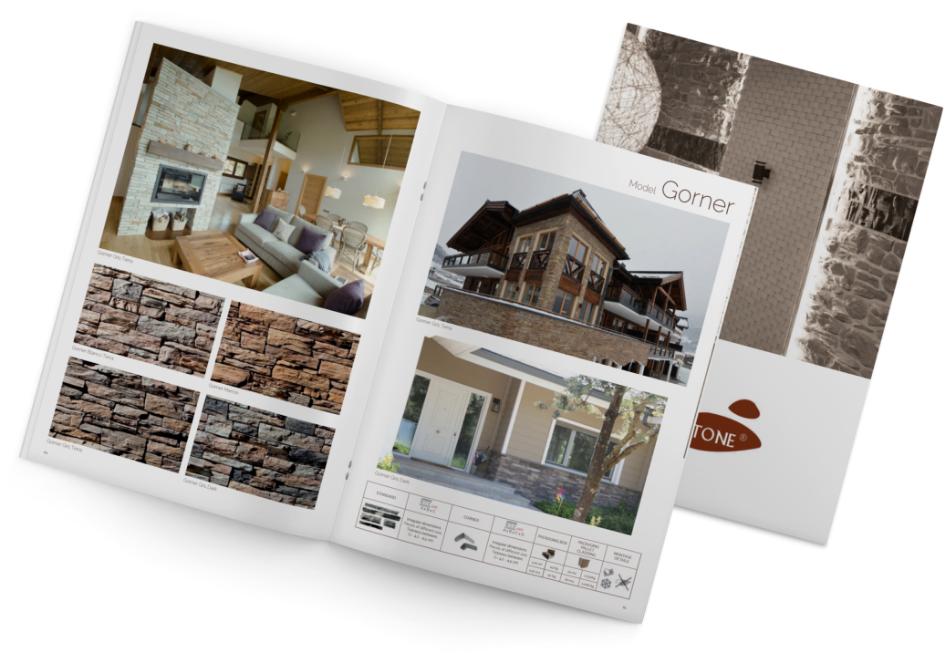Sustainable building boosts energy efficiency and energy saving
A sustainable building is one which is in harmony with its surroundings. They are buildings that use energy, water and building materials efficiently, improving people’s comfort and health. These buildings are possible thanks to the use of building techniques and materials that are intended to achieve efficient and environmentally-friendly buildings.
In recent decades, sustainability understood as development that guarantees the needs of the present without compromising the needs of future generations, has increasingly permeated throughout modern society. Combating climate change has become one of the greatest challenges facing humanity.
According to experts, time is running out to reverse this situation and countries urgently need to comply with the agreements reached at the United Nations Climate Change Conference.
The building sector, key to decarbonisation
According to data provided by the UN and Architecture 2030, by 2030 there will be 80 billion metres squared of new buildings globally, equating to 60% of the current built area. 60% of the world’s population will live in cities.
It is currently estimated that cities produce between 35 and 40% of carbon emissions and consume more than 35% of energy used globally. Nowadays, new buildings are geared towards energy efficiency and incorporate environmental and sustainability criteria that reduce their environmental impact.
In many cases, existing buildings are obsolete and do not meet the minimum sustainability and energy efficiency requirements. It is estimated that the restoration of this type of homes could create a saving of up to 80% in CO2 emissions.
The restoration of this type of homes may be a key factor in managing to reduce CO2 emissions. In Spain, around 14 million homes were built before 1980, which is when the energy efficiency legislation came into force, and they make up 55% of total homes built. In Europe, this figure increases to 65%.
The construction industry has made it possible to build buildings with a minimal environmental impact, and sometimes zero impact. They are more efficient, healthier and more respectful towards people and the environment, thanks to the research and development of new materials and building methods.
What are sustainable building certificates?
There are numerous ways of defining environmentally-friendly architecture, there are those that address it as bioconstruction, sustainable architecture or bioclimatic architecture. In the same way, there are also many ways of approaching it.
Many focus on energy efficiency, others prioritise the environmental impact of the materials used or people’s health. Either way, the objective is the same, to improve buildings so they are more environmentally-friendly and healthier for people.
Nowadays there are seals and standards to certify the sustainability of buildings globally. The most important certifications are as follows:
- LEED (Leadership in Energy & Environmental Design), is an internationally recognised certification for sustainable buildings which classifies them according to their degree of excellence (certificate, silver, gold or platinum).
It assess building projects in their entirety, taking into account a series of requirements, with different rating levels that grant the sustainable building certification. - BREAM®(Building Research Establishment Environmental Assessment Methodology) is an advanced methodology for the certification and assessment of sustainability of a building. As with the LEED certification, it also takes into account the different phases of design, construction and use of the buildings.
The method consists of assessing the impacts of 10 categories: Pollution and innovation; Ecological land use; Waste management; Materials; Saving water; Transport; Energy efficiency; Improvement in terms of health and well-being; Management. - PASSIVHAUS (Passive House), this certification is a building standard combining a low energy consumption with a high level of interior comfort.
The certification assesses 4 requirements: Low primary energy demand (electricity); High airtightness with less than 0.6 air changes per hour; Low cooling demand; Low heating demand.
Thermostone manufactures products that enable the transition towards a more sustainable world to occur as simply as possible. They are recyclable and environmentally-friendly products which provide technical solutions that favour energy saving. Its durability, strength and low maintenance generate a much lower environmental impact than other materials used in construction and traditional décor.
It is up to us to lay the foundations that pave the way towards an increasingly sustainable world.

